What is An MRI?
MRI stands for Magnetic Resonance Imaging. It is a type of imaging technology that uses a strong magnetic field and radio waves to create detailed images of the organs and tissues within the body.
In an MRI scan, the patient lies in a large cylindrical machine. A powerful magnetic field aligns the magnetization of hydrogen atoms in the body, and radio frequency fields are applied to systematically alter this alignment, causing the hydrogen atoms to produce a rotating magnetic field that is detected by the scanner. This signal can be manipulated by additional magnetic fields to build up enough information to construct an image of the body.
MRI scans can be used to examine almost any part of the body, including the brain, spinal cord, bones, joints, breasts, heart and blood vessels, and internal organs such as the liver and lungs. They can be used to diagnose a variety of medical conditions, guide certain treatment procedures, and monitor the progress of diseases.
Why is A Chiller Needed in an MRI?
MRI machines require a significant amount of energy to generate the strong magnetic field necessary for imaging. This energy produces a lot of heat, which, if not properly managed, can damage the machine or even pose a risk to patient safety.
The primary component of the MRI machine that requires cooling is the magnet. The magnet in most MRI machines is a superconducting magnet, which needs to be kept at an extremely low temperature (often near absolute zero, -273.15 degrees Celsius) to maintain its superconducting properties. This is typically achieved using liquid helium.
However, the process of maintaining the magnet’s temperature produces a significant amount of heat. If this heat is not effectively removed, it can cause the magnet to lose its superconductivity, a condition known as quenching, which can be dangerous and costly.
Chillers are used to remove this excess heat. They circulate cool water or a water-glycol mixture around the system, absorbing the heat and then dissipating it away from the MRI machine. In this way, chillers play a crucial role in the safe and effective operation of MRI machines.
How Does A SCY MRI Chiller Work?
Within the complex framework of an MRI machine, there exists a critical component known as the “cold head”. This element, tasked with converting gaseous helium back into its liquid state, plays a pivotal role in the cooling mechanism. The process unfolds as the helium absorbs substantial heat from the MRI’s magnet – the component producing powerful magnetic fields.
A conventional MRI cooling system typically depends on a specially dedicated chilled water system. This system supplies the cold water required to regulate the temperature of the MRI’s various integral components.
At SCY Chillers, we offer robust MRI Chillers designed to maintain 24/7 service of the MRI seamlessly. These units, equipped with an automatic city water switchover feature, supply stable and consistent cooling water. Consequently, they efficiently mitigate the heat waste generated by the MRI, ensuring its optimal performance.
SCY Chiller Features
- Unmatched Material Quality: We construct our MRI coolers from the highest-grade materials, ensuring maximum reliability and durability. Each unit is backed by a competitive warranty, manifesting our commitment to quality and your satisfaction.
- Reliability at Its Best: Our MRI chillers are engineered with an emphasis on sustaining maximum uptime. Featuring an automatic city water switchover, these units are designed to safeguard against potential failures in the primary MRI scanner cooling system.
- Eco-Conscious Cooling Solutions: Our MRI chillers utilize eco-friendly refrigerants in a closed-loop system, embodying our pledge towards environmental responsibility. This design enables your facility to conserve water, minimize corrosion, and meet EPA environmental standards, aligning your medical applications with green practices.
- Tailored to Your Needs: Need a custom MRI chiller design? Our adept team is eager to assist. Regardless of your application’s specific requirements, our engineers can tailor a design to meet your unique needs, emphasizing our commitment to providing personalized solutions.
Most Used MRI Chiller Models from SCY Chiller
1 tons to 10 tons (60,000 BTU/hr to 120,000 BTU/hr)
Air Cooled Portable Chiller
Air Cooled Portable Chiller
Air Cooled Portable Chiller
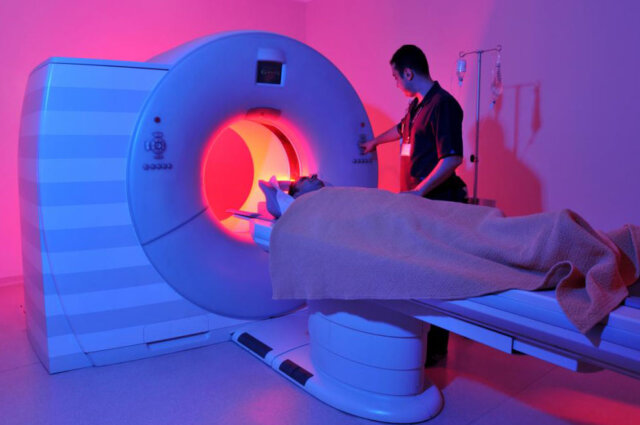

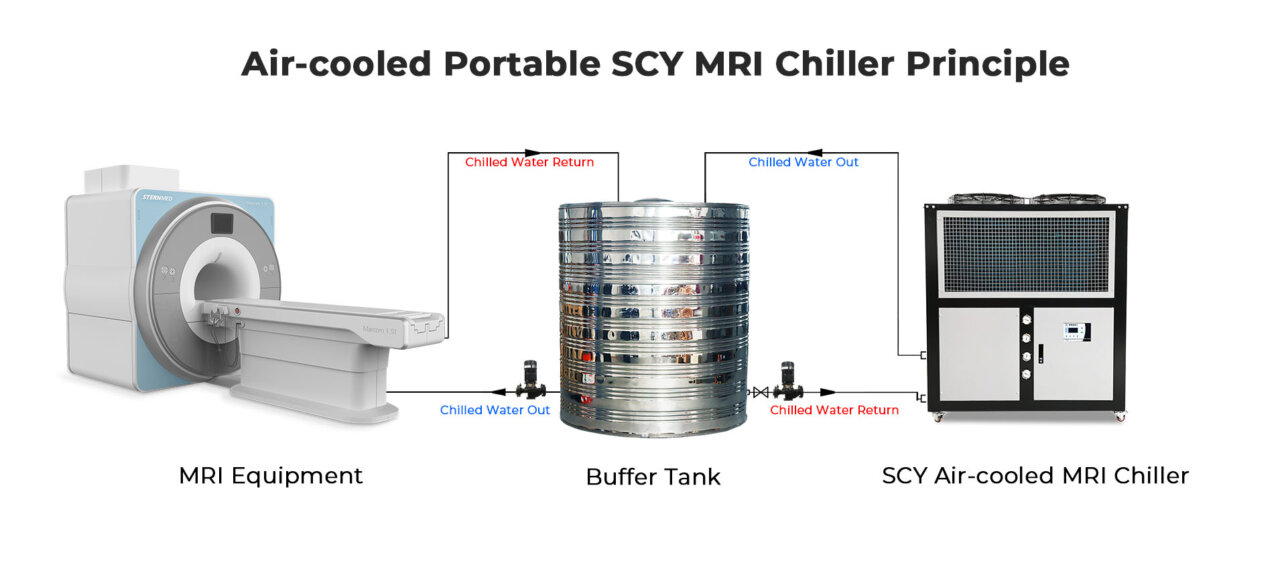
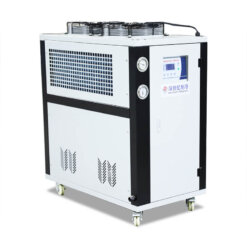
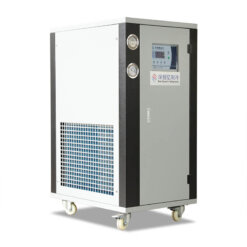
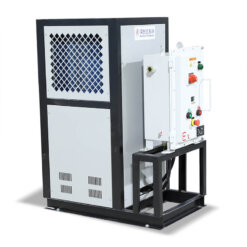
My name Felix
i am interested with your MTI chiller of 10 hp .But in doing this could you please install two compressors of 5hp@ which will work sequences.
I’d like to have a quotation
Than you in advance
Sure, we can do that, our sales specialist will get in touch with ASAP, hava a good day!
Здравствуйте, вопрос может не по теме, но кто должен контролировать и следить за работой систем охлаждения, чиллером, гелиевым компрессором, а также восстанавливать их работу в случае сбоев, отключения электричества?
Kualitas air seperti apa yang bisa digunakan utk chiller pendingin?
Buenas tardes.Me hice hoy una resonancia magnetica y sufrí mucho calor en el resonador(como si estuviera tomando sol)siempre siento frío.El ambiente no estaba refrigerado.Pudo afectar mi salud eso?Saludos.
No es infrecuente sentir calor durante una resonancia magnética porque la máquina puede generar calor durante su funcionamiento. Aunque las máquinas de IRM no utilizan radiaciones ionizantes como los rayos X o los TAC, que pueden suponer riesgos para la salud con una exposición excesiva, la sensación de calor por sí sola no suele suponer un peligro para la salud. Sin embargo, si la sala de resonancia magnética no estaba bien ventilada o si la temperatura no estaba regulada adecuadamente, puede experimentar malestar o incluso estrés relacionado con el calor, especialmente si es sensible al calor o padece ciertas afecciones médicas. Si no se encuentra bien o tiene alguna duda, es importante que hable con su médico sobre su experiencia durante la RM.